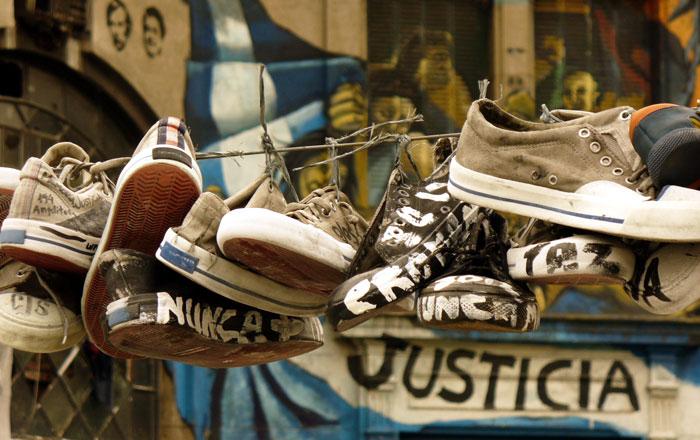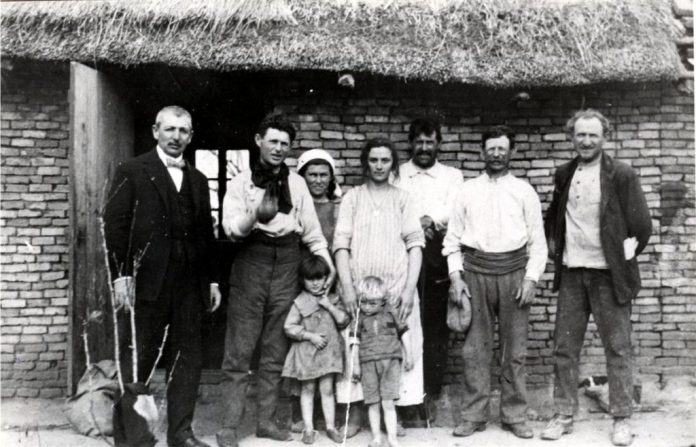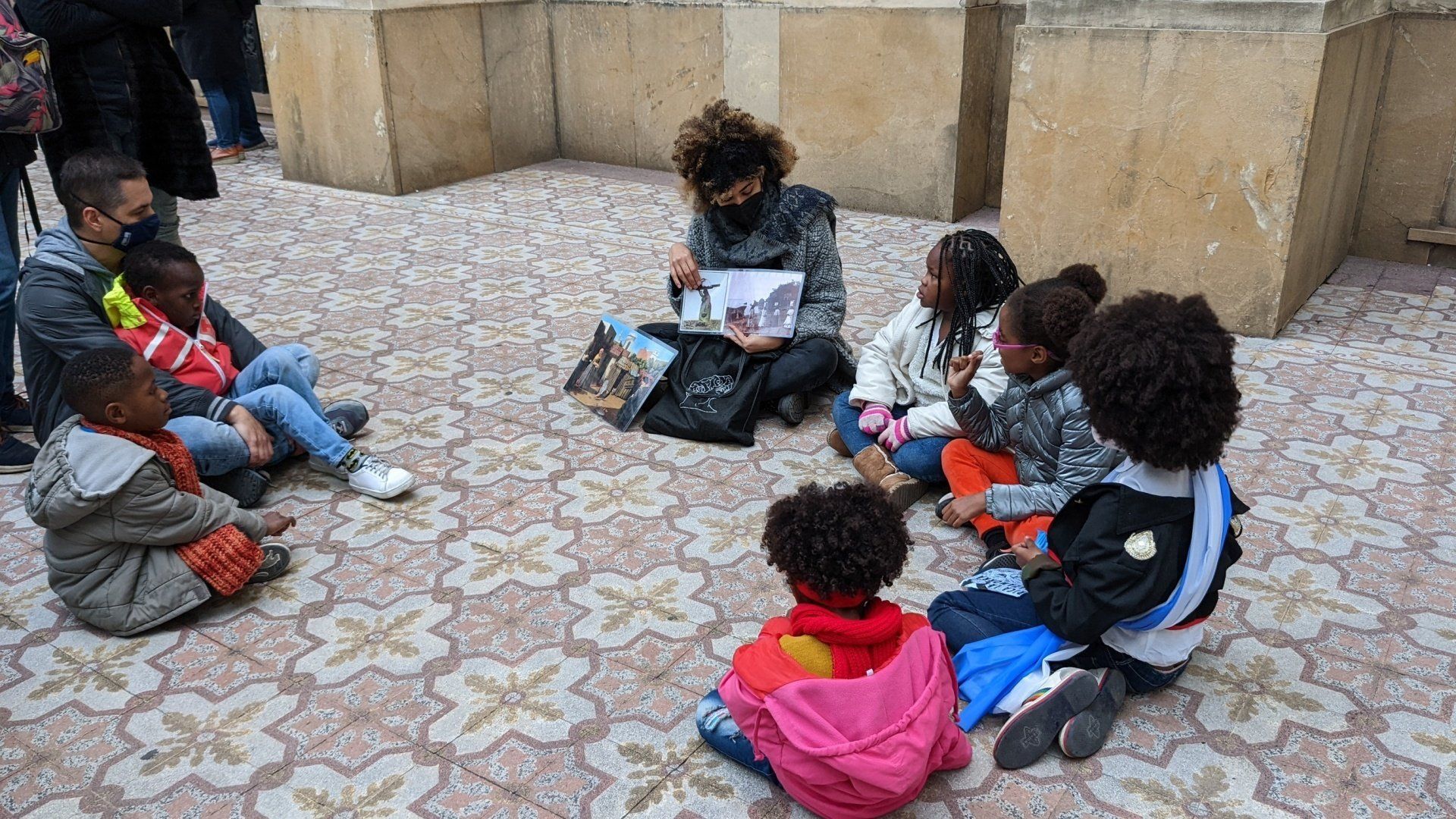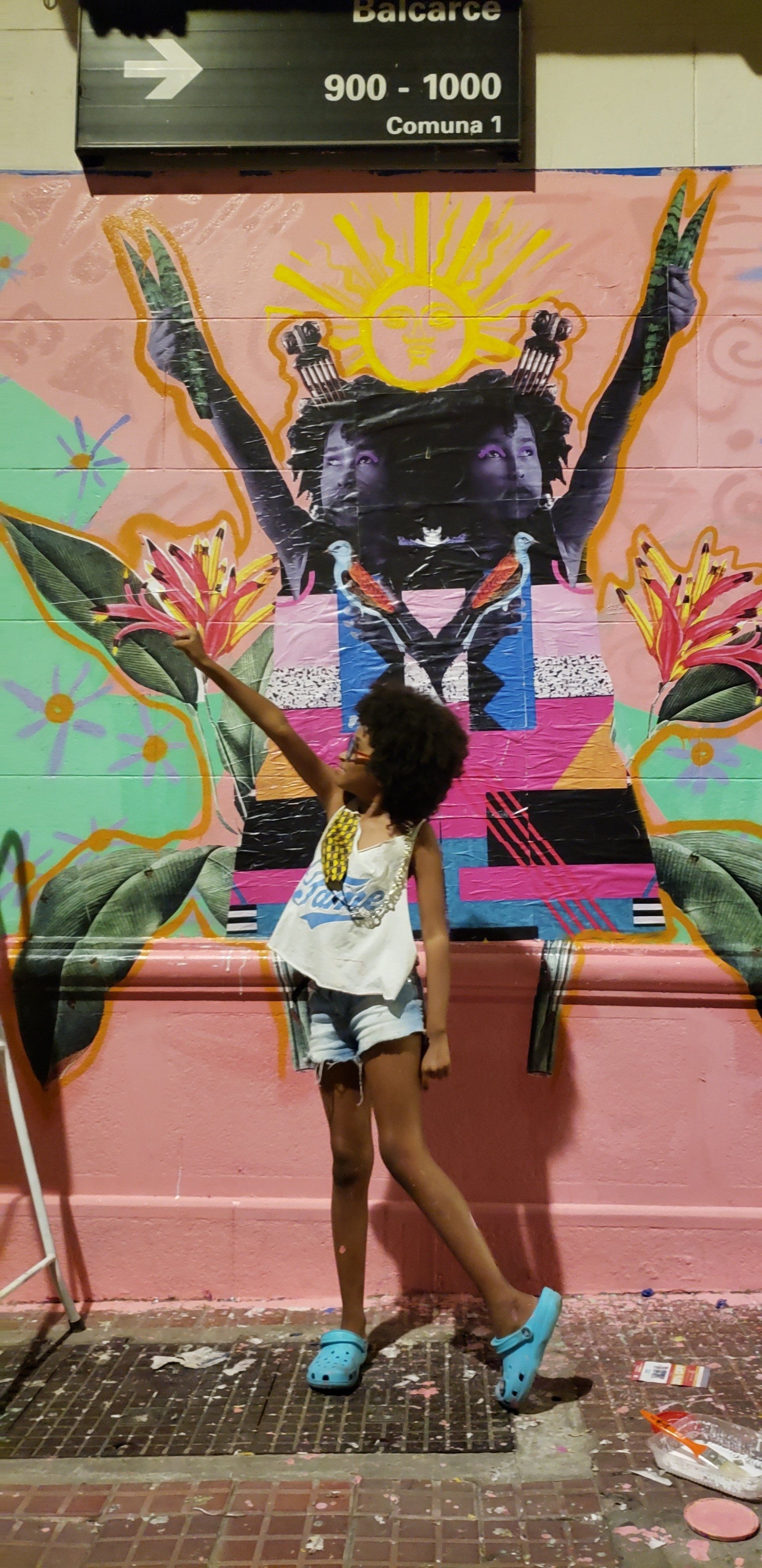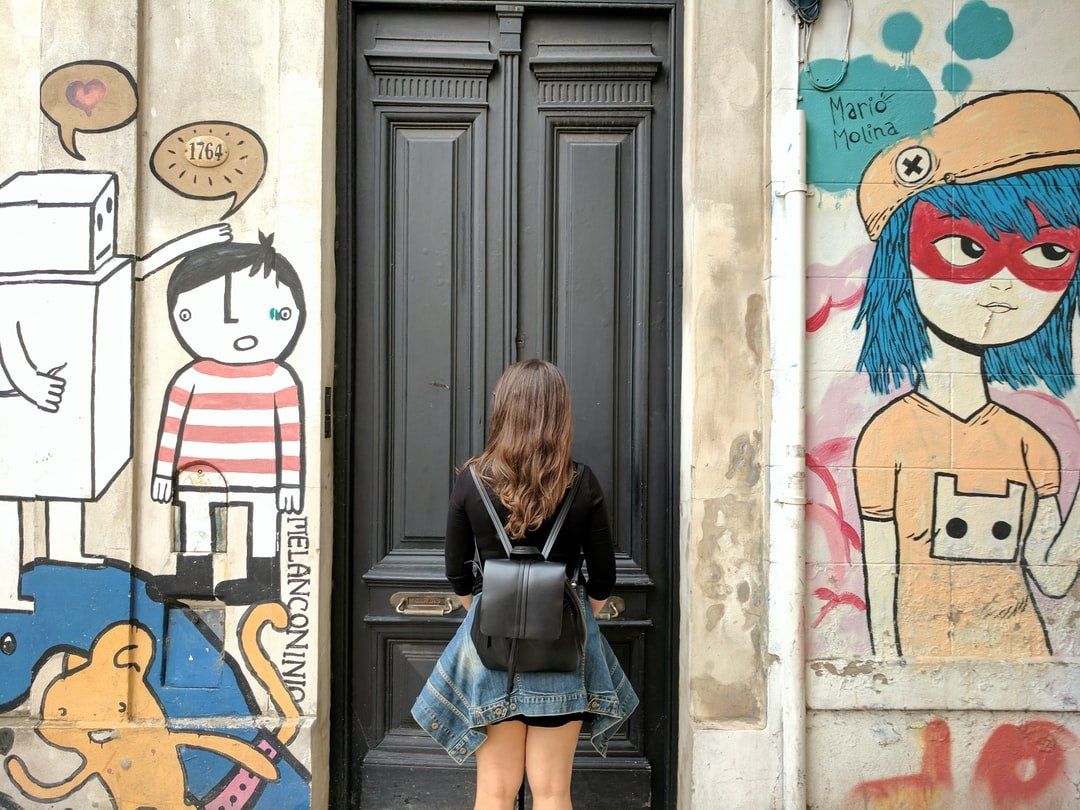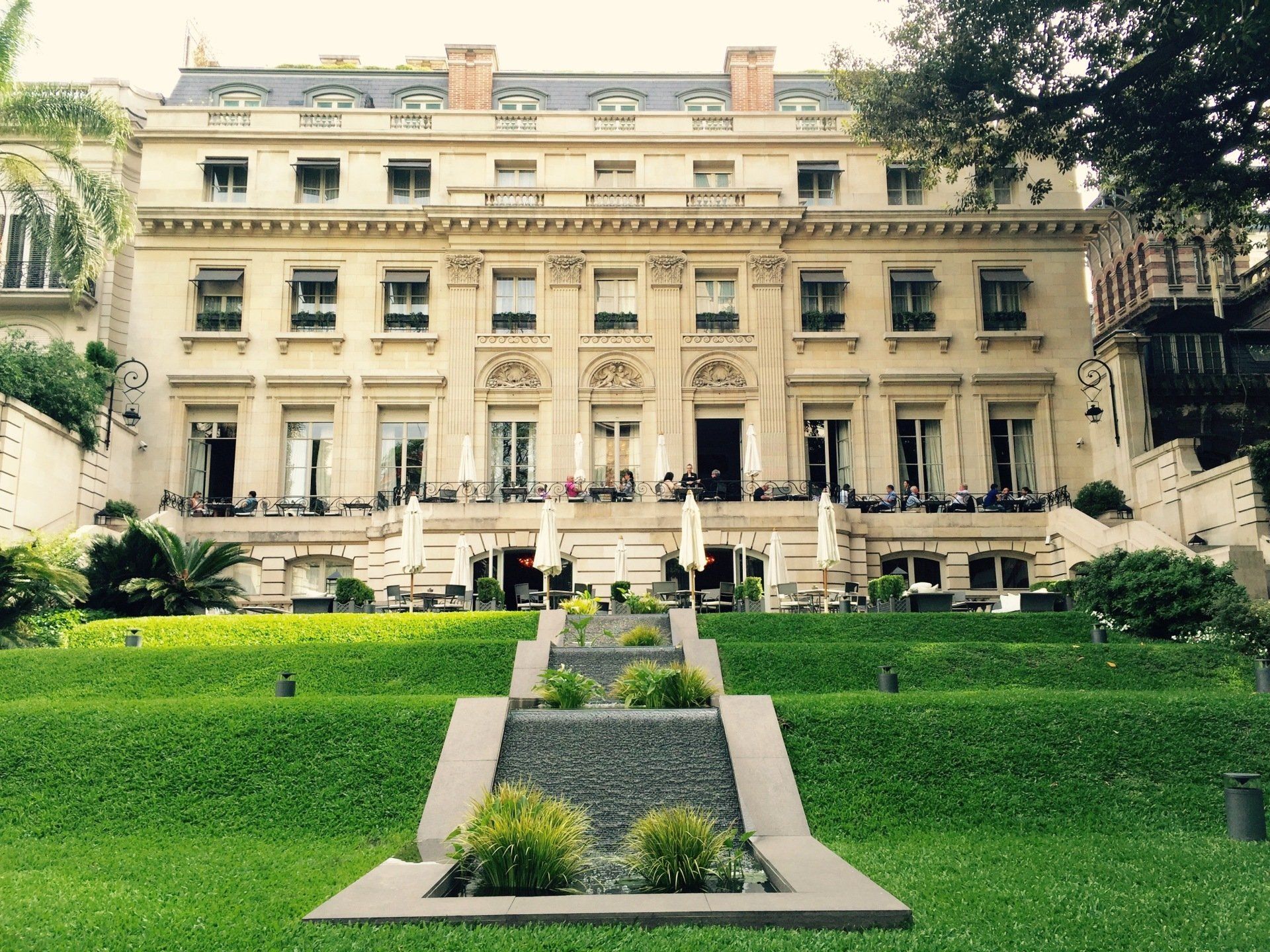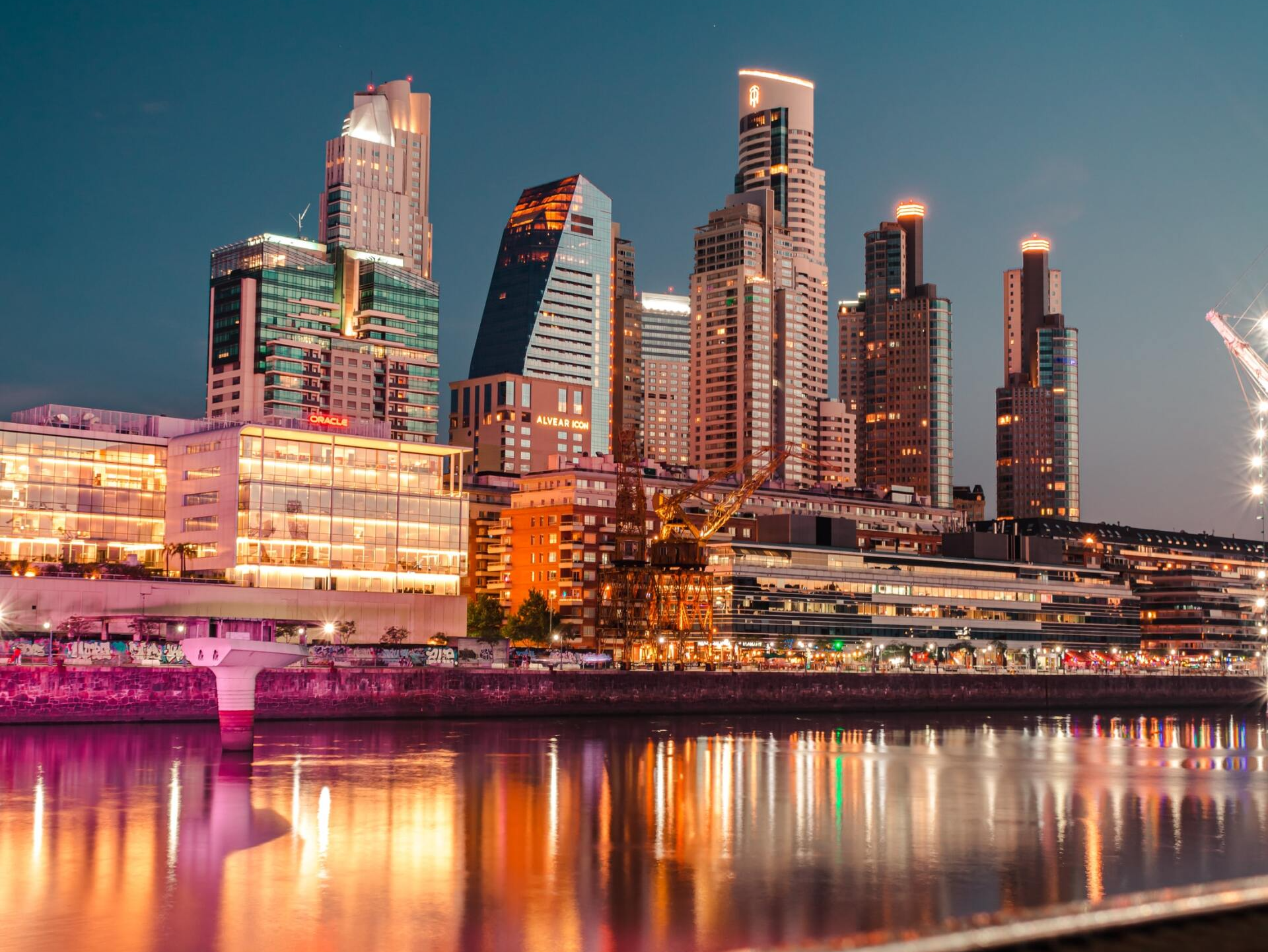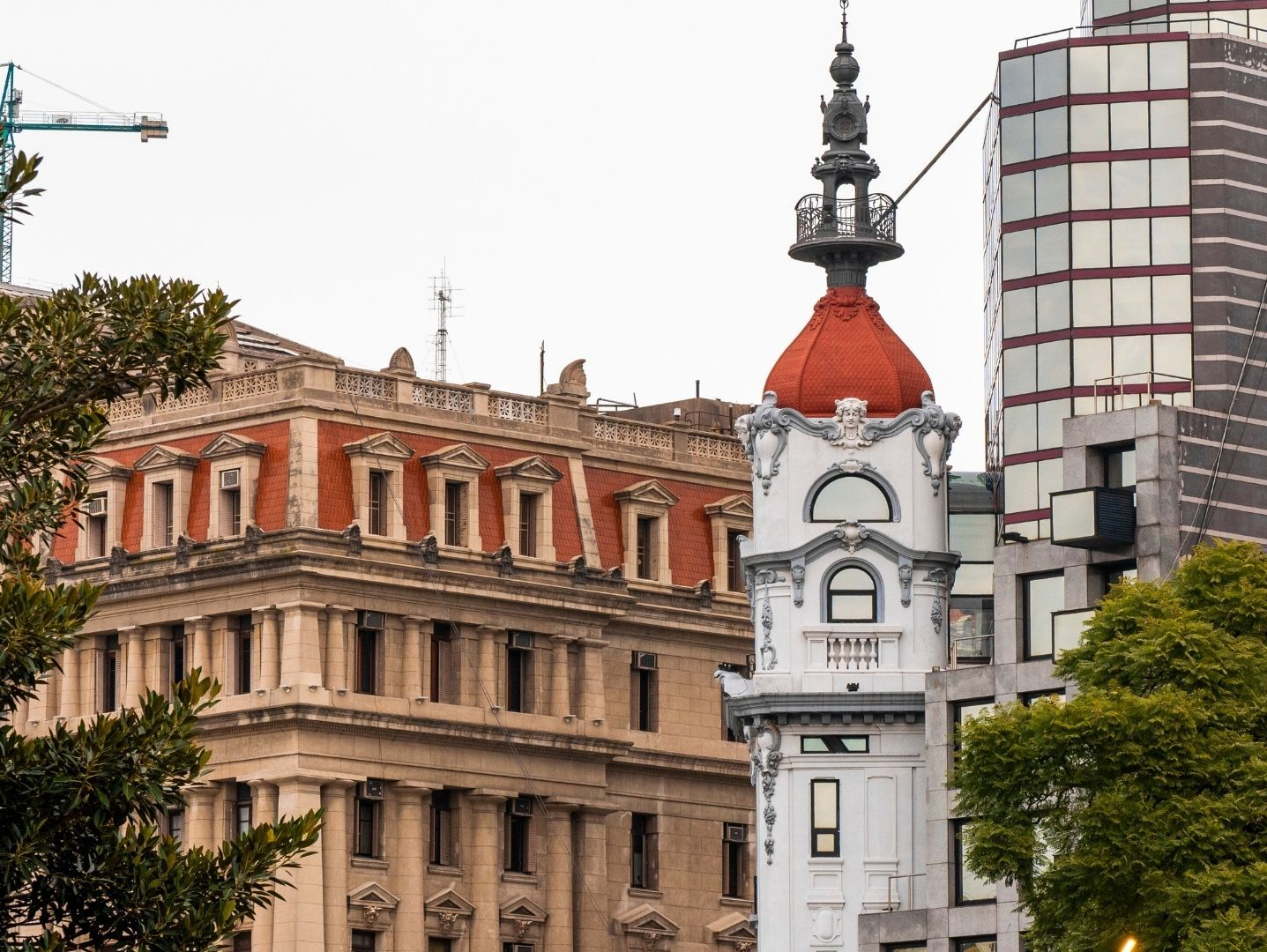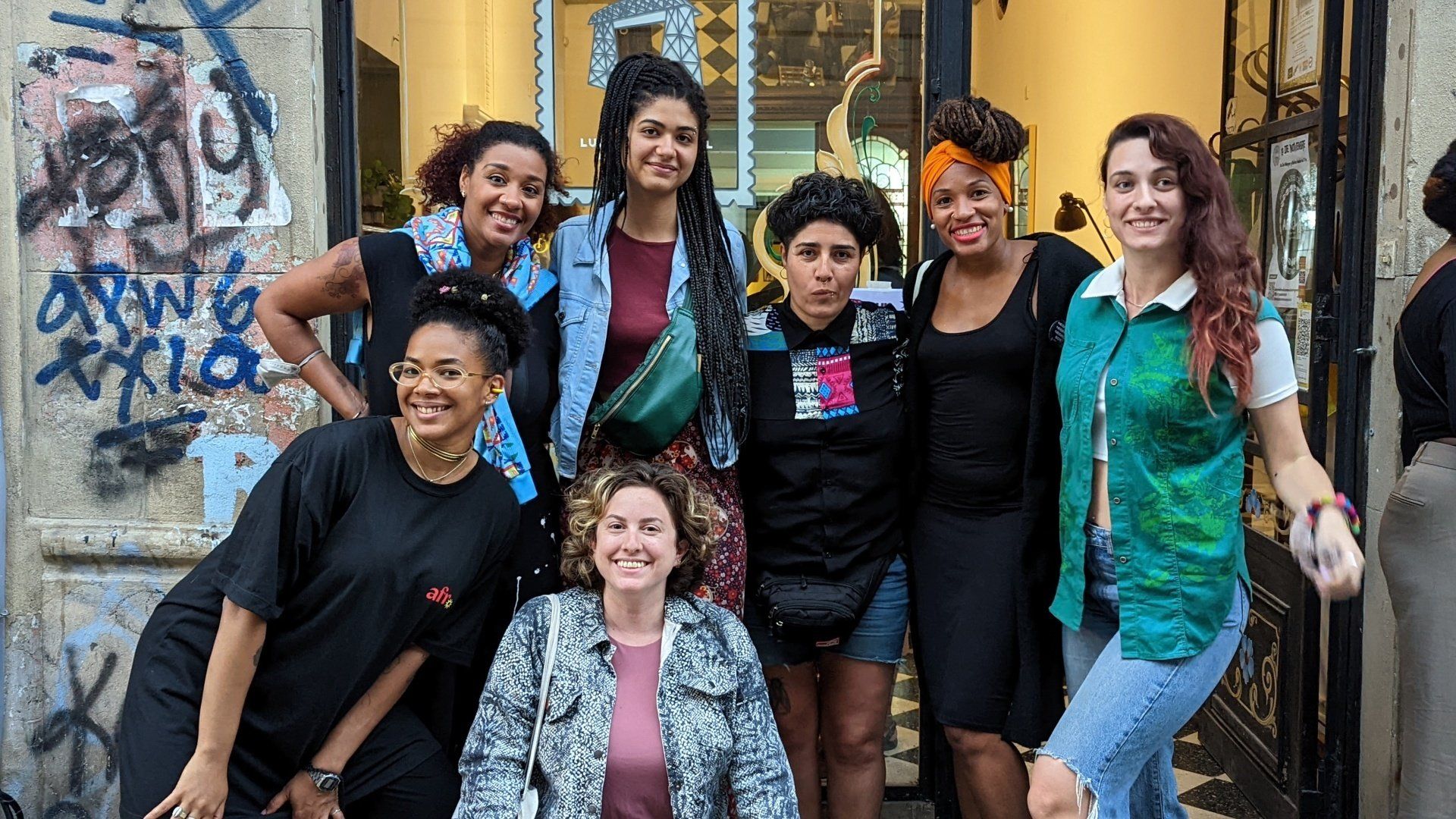Which neighborhoods you should you stay in Buenos Aires (and which ones you shouldn't)
Colonial, artsy and foodie? San Telmo

San Telmo one of the oldest parts of the city and a place with so much to see.
Like art? From contemporary arts museums like MAMBA or MACBA, to cool little art galleries like Sach and Quorum, to crazy performances at CCMA, to antiquing in Defensa, San Telmo's got you covered. During the weekends you can get a glimpse of Max Regueiro's drag performance as Tita Merello, catch living statues at the San Telmo fair or enjoy some live candombe on Sunday evenings.
Getting hungry from all that culture? Head to the San Telmo Market or to Caseros Avenue to try amazing restaurants and food stalls. Eat asado at Hierro or La Brigada or go 180° with a vegan meal at Jaam. If you feel like empanadas, try out the famous deep fried meat empanadas Beto does at El Gauchito or go for an unconventional spicy lamb at El Banco Rojo.
Nightclubs, graffiti and vegan dogs? Palermo it is.
We ain't even joking. Palermo was the first neighborhood where the trend of veganism first began... and it even took over petshops! Jokes (and unconventional veterinary decisions) aside, Palermo Soho and Hollywood is the area with the highest amount of cool restaurants, vegan or otherwise.Here you'll find 2020's Latin America's Top 50 Best List #1 choice, Don Julio as well as places like Chori, El Preferido or Lo de Jesus.
Hollywood and Soho area also the epicenter of nightlife, with some of the coolest nightclubs in the city around the Niceto Vega and Juan B. Justo area. This area is full of hostels and small boutique hotels just steps away from wineries, restaurants, bars, clubs and shopping!
If you feel like living a slightly less nocturnal, greener version of Palermo, stay in the area closer to Libertador Avenue, where you'll find nice, small hotels by some of the largest green areas in the city, and just steps away from the Evita Museum.
Live out your fanciest life in Recoleta and Retiro
Recoleta and Retiro have some of the fanciest, classiest hotels in the city. If you are not much of a night explorer but enjoy a great hotel, then look no further than the hotels on Alvear and Posadas streets, which have amazing restaurants, high teas and even rooftop bars.
Stay clear of the areas around the Recoleta Cemetery and Plaza San Martin, tho: they can get kind of sketchy at night.
Dubai... my bad, Puerto Madero.
Puerto Madero is the newest, glossiest district in the city... and one of the most expensive neighborhoods in all of South America. It's certianly a romantic neighborhood, with many high end restaurants facing the glimmering lights glistening on the water. It also has the hotel rooms with some of the nicest views of the city, the Rio de la Plata and the green expanse of the Ecological Reserve.
Feel like making worse choices than drunk-dialing an ex? Then head here.
If you are up to making some regrettable choices, stay in the city center. The city center has some of the coolest places to visit in Buenos Aires. That doesn't mean you should stay there. Plaza de Mayo definitely is both sketchy and uninteresting at night. Same goes to the area around the National Congress and the area of Tribunales and Microcentro.
